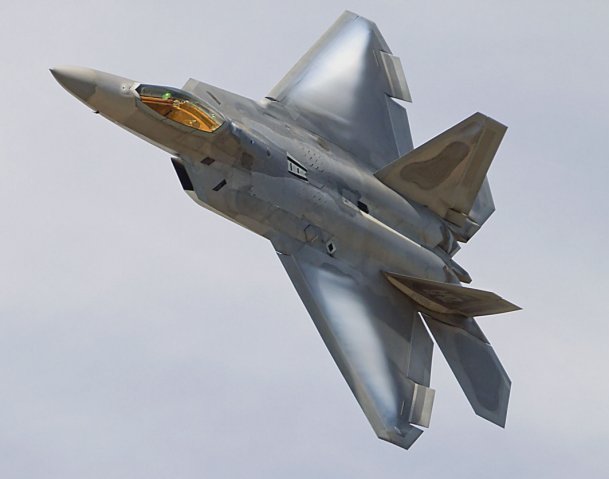
The US Air Force (USAF) plans to award additional prototyping contracts and hold acquisition competitions more often as part of a broader effort to expand its aircraft industrial base, which the service’s acquisition executive has warned is in danger of being reduced to one company.
Will Roper, assistant secretary of the USAF for acquisition, technology, and logistics, said on 16 September that there were many companies capable of developing aircraft in the early days of the USAF. Even into the 1970s a new aircraft was introduced every four years, even if they were simpler aircraft than modern aircraft, he said.

There are only a small number of companies capable of developing high-performance aircraft such as the Lockheed Martin F-22 Raptor for the Pentagon. The US Air Force's acquisition boss is concerned that the number could get even smaller if the service does not improve its method of acquiring weapon systems. (Lockheed Martin)
During the Cold War aircraft acquisition programmes became increasingly expensive because the USAF wanted complex integrated weapon systems, Roper said. For example, the USAF started demanding a supersonic aircraft with cutting-edge stealth, radar, and weapons.
This increase in technology requirements also had correlated price increases that resulted in longer gaps between competitions. The USAF would then carry out a large production buy, which further ballooned costs and reduced the feasibility of having aircraft competitions with shorter timelines between them.
As a result, the USAF has gone from having more than 24 vendors who can build tactical aircraft to two or three, Roper added.
“We are at that critical point, folks, that if we do not start thinking about the industrial base strategically,” the USAF could see further consolidation, he told an audience at the Air Force Association (AFA) conference.
Looking to read the full article?
Gain unlimited access to Janes news and more...


